We lived aboard our boat full-time for 2.5 years and traveled America’s Great Loop, experiencing weather conditions ranging from below freezing to hot and humid 85 degrees. In this post, we share our recommendations for what to wear on a boat. We wore several key pieces constantly because they kept us warm/cool and comfortable on the water. You’re in the right place if you want to know details on exactly what you should be wearing out on the water, from head to toe!
Note: We use affiliate links which provide us a little kickback each time you use one of our links and make a purchase, without any additional cost to you. We do not recommend products that we don’t already love or have heard great things about, so you can trust we’re only suggesting great products to you.

The Key to Boat Attire: Layers
It’s essential to do your homework and research the weather conditions during your boating trip. During our 2.5 years living on a boat full time and doing the Great Loop, we were exposed to different weather conditions and found that layers were our best friend when it came to dressing comfortably on a boat. Oftentimes, we’d start cruising in the early morning when the weather was cool, and by the mid to late afternoon, we’d be warm. Having the right layers was key to keeping us comfortable on our boat.
- The first layer should be thin, moisture-wicking, and comfortable.
- The second layer should be heavier and keep you warm, like a fleece or a sweatshirt.
- The third layer should keep you dry and protect you from the wind.

Moisture Wicking Shirts
When choosing a base layer, two factors are important to consider when choosing a shirt: moisture wicking and quick drying. Moisture-wicking shirts will help keep you cool when it’s hot and sweaty and quick drying will dry out quickly if it gets wet. We love Merino wool fabric because it’s moisture-wicking, quick-drying, and odor-resistant. It’s a great, sustainable choice that can last for years. Overall, we try to avoid cotton because it can show sweat and hold an odor, which isn’t great for boaters who don’t have easy access to a washer/dryer.
Elliot wore a few short-sleeve shirts constantly, each in a different fabric or color for practicality. His two primary go-to shirts are the Patagonia Capilene Cool Lightweight Shirt and the Smartwool All-Season T-Shirt.
I love the Smartwool Merino Short Sleeve when opting for something short-sleeved. It’s a great lightweight, moisture-wicking, quick-drying, and odor-resistant shirt. It’s great for wearing several times before we get to a marina. The Smartwool Merino Long Sleeve is my favorite long-sleeve top for cold-weather days on the boat. I wore this shirt throughout our summer in Canada and fall and winter in the Midwest rivers.
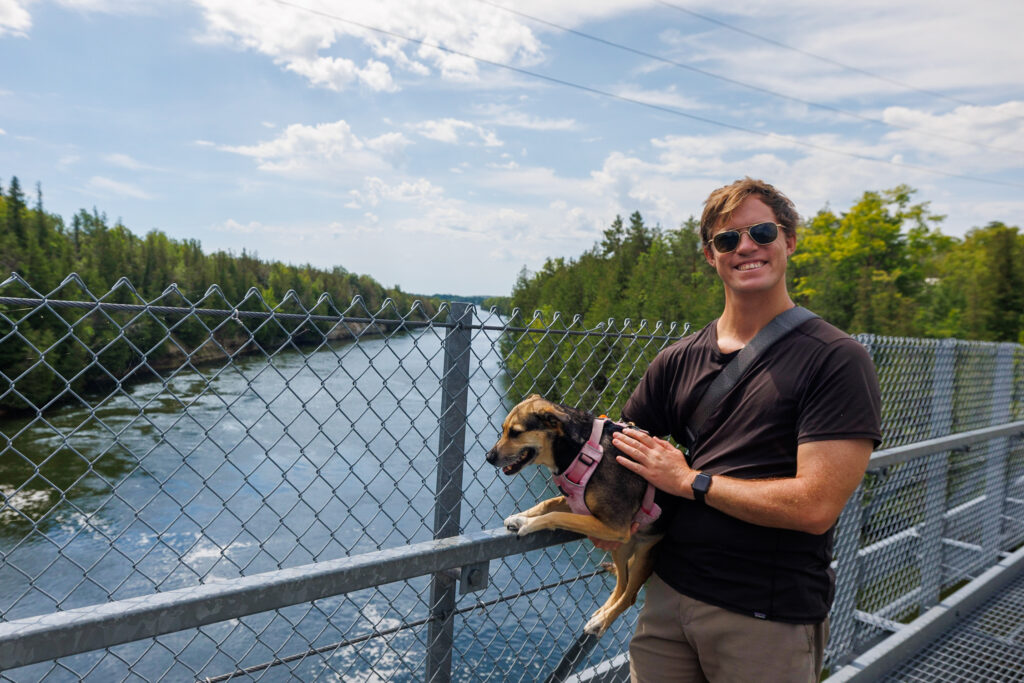
UV Shirts
We wore these UV shirts constantly aboard our boat! They are easily the single most-worn piece of clothing. These UV shirts covered most of our upper body and were UV-rated fabric, making it so we didn’t have to lather on as much sunscreen to stay safe in the sun. These shirts have vents in the back, making them breathable, have buttons to roll up the sleeves, and are super lightweight! Elliot wore the Columbia PFG Tamiami II Long-Sleeve Shirt, while I wore the Columbia PFG Tamiami II Long-Sleeve Shirt.
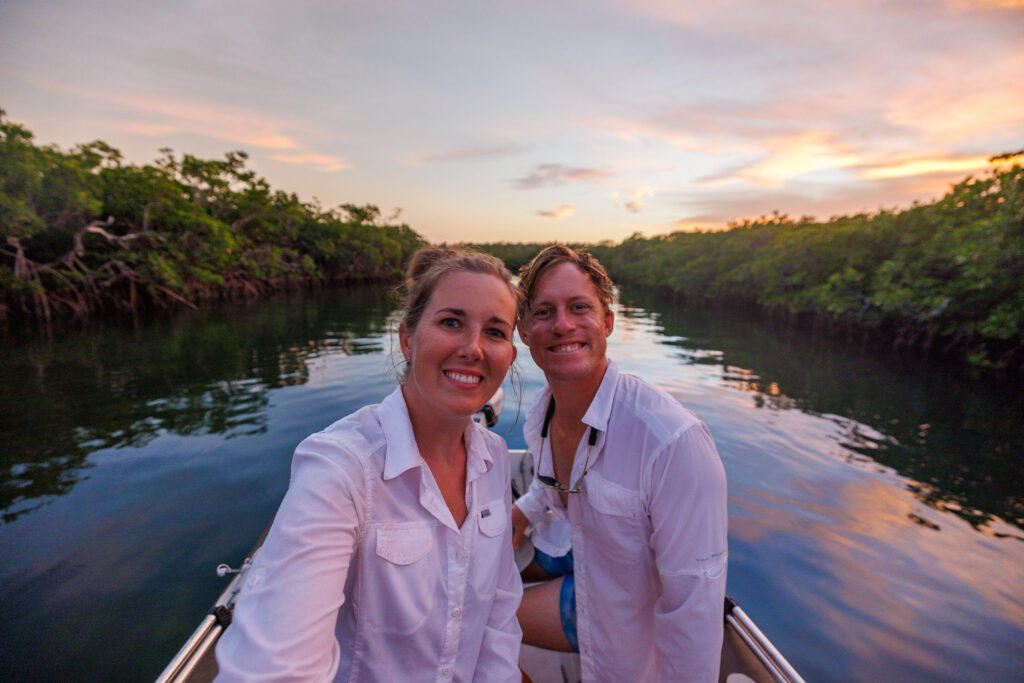
Warm Mid Layer
A warm mid-layer was an essential piece of our boating wardrobe. It acted as a lightweight insulating layer for warm-weather boating or a layering piece under a heavier jacket in the winter. We often wore this mid-layer in the early morning hours and removed it by the afternoon on warmer days.
Elliot loved his REI Co-Op Down Vest and the Patagonia Micro Fleece Pullover. These lighter mid layers were perfect for keeping Elliot warm without being too warm.
I would wear my Patagonia Lightweight Fleece or Patagonia quarter zip all throughout the fall and winter months. I purchase many of my Patagonia pieces from Worn Wear, Patagonia’s website for their pre-loved gear. It not only keeps clothing out of landfills by giving it a second home, but also gives the customer a discounted price. A win-win!
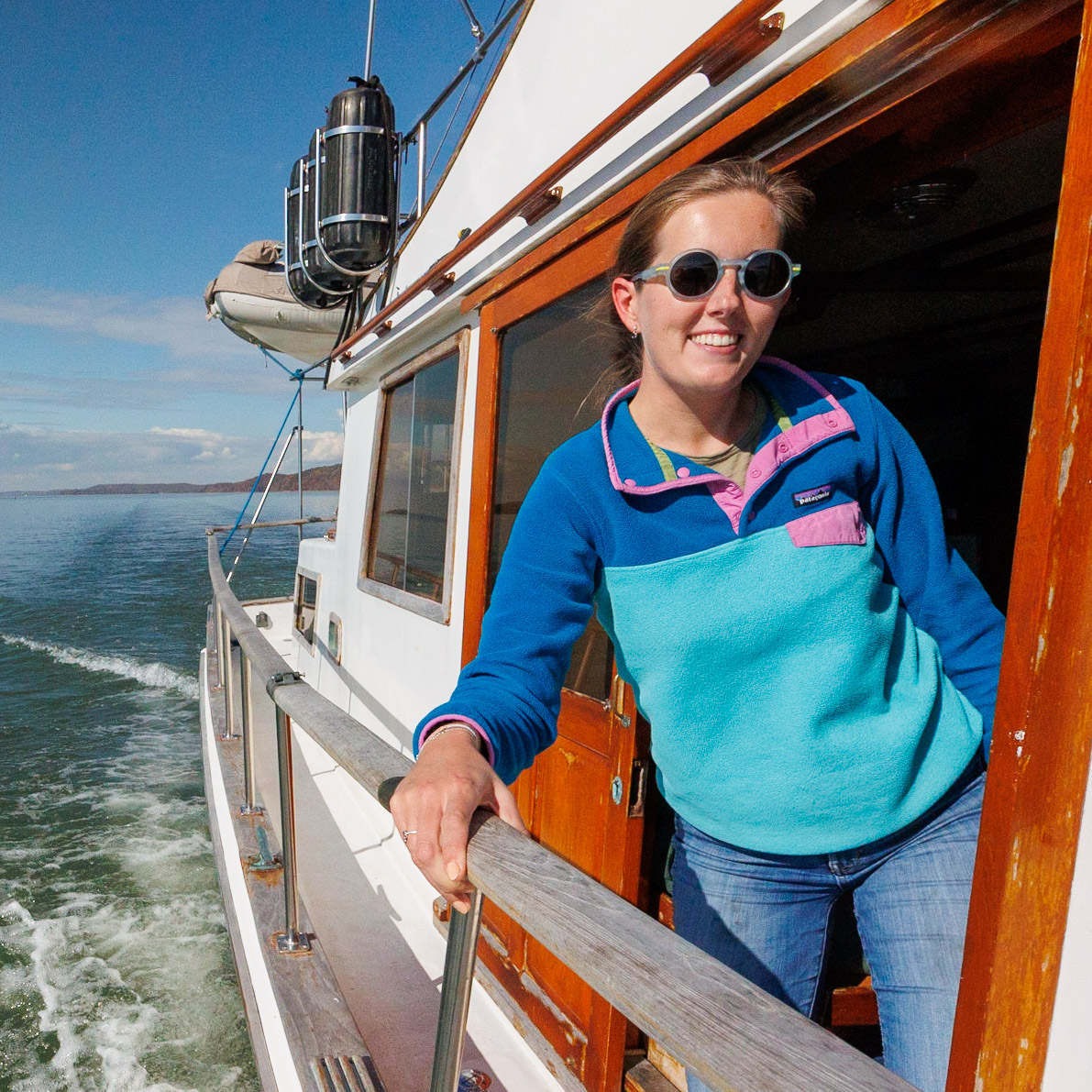
Rain Jackets
A rain jacket is essential on a boat, regardless of whether it’s raining. Rain jackets protect us from water, keep us warm if it’s windy, and dry in the locks. Elliot has the Patagonia Torrentshell 3L Jacket, and Jen has the women’s version. We love the zippers under the armpits to help keep good airflow if it’s warm.

Insulated Jacket
Staying warm on a boat is crucial. As we cruised down the ICW and Midwest Rivers in late fall/early winter, we always wore an insulated jacket to keep us warm. This was our outermost layer if it wasn’t raining outside. Elliot wore the Patagonia Down Jacket, and I wore the REI Down Jacket. The down material inside the jacket is not meant to get wet, so if it started raining or the water was particularly rough, we’d make sure to add our rain jacket on top to protect the jacket.
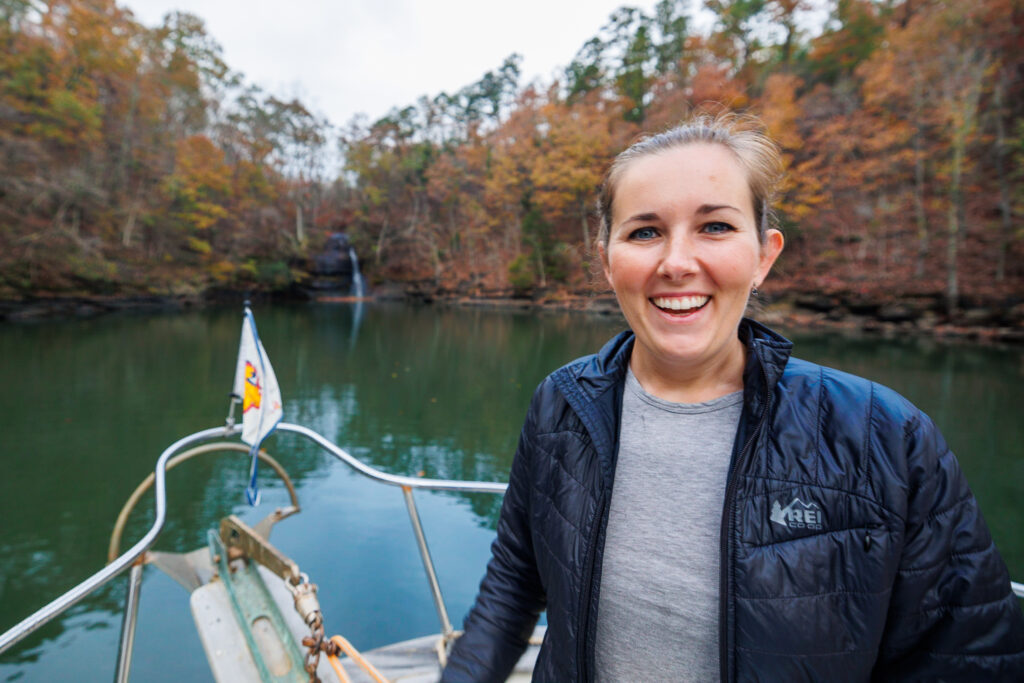
Pants
I’ll be honest: Many types of pants are great on boats. Although jeans are made from cotton and hold water if wet, aren’t super flexible, and are a bit heavy, making them not a great choice for pants on a boat. However, we constantly wore jeans while traveling on our boat full-time for 2.5 years. It was nice that you don’t need to wash jeans often, so that part easily fits into our style of boat life!
In the colder months, we added long johns to our wardrobe to stay warm when navigating through locks or docks in and out of the cabin. Elliot wore the REI Co-op Merino 185 Base Layer Bottoms under his jeans, and I wore the women’s version. I also wore Lululemon Align High Rise Pants as I found it important to be comfortable and flexible. Although we didn’t have waterproof pants, I could see them being useful for boaters in constantly wet conditions.
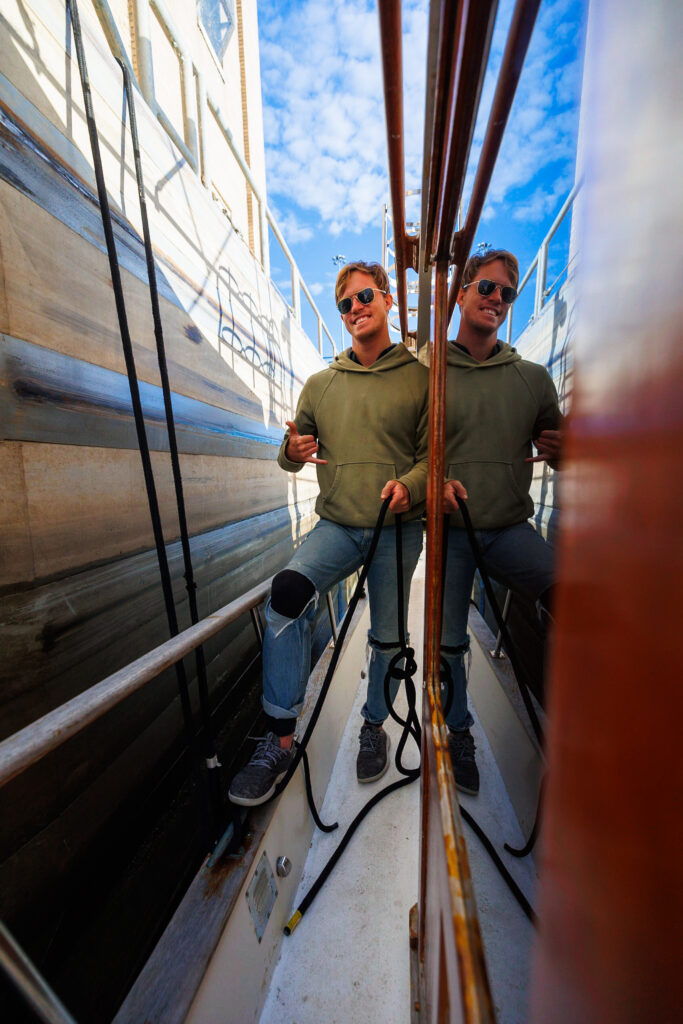
Sunglasses
Protecting your eyes from the sun in summer and winter on a boat is important. A pair of polarized sunglasses will protect you from the sun and glare, allowing you to better see your navigation screens. We both had inexpensive pairs of sunglasses in case we lost them overboard. Elliot wore Knockaround Fast Lanes Polarized Sunglasses, and Jen wore Goodr Circle Gs Polarized Sunglasses. Elliot also had a sunglasses floater in case they fell overboard. We love these sunglass brands because they’re polarized without breaking the bank!
In the photo below, Elliot is wearing Randolph Gold Classic Aviator sunglasses, and I’m wearing Good Citizen sunglasses made from recycled plastic bottles. These sunglasses are pricier than the above ones, so we just were extra careful!
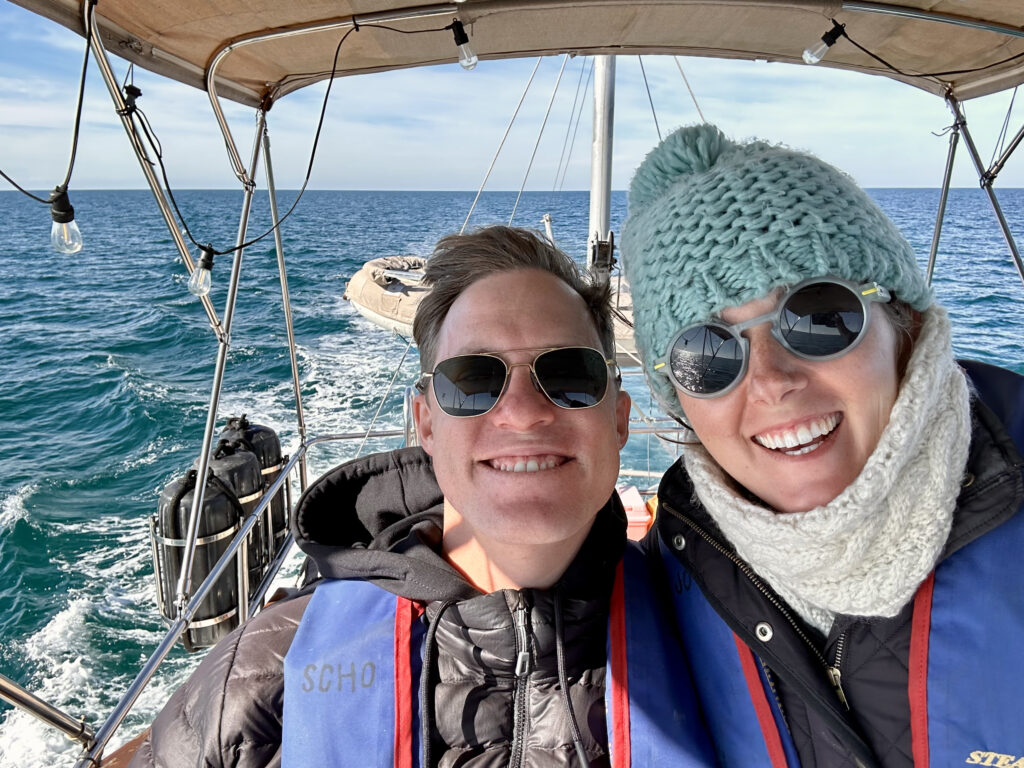
Wide Brimmed Hat
Having sun protection on the water is crucial. One of our go-tos is a wide-brimmed hat. We love the Hemlock straw hats for the Florida Keys or the Bahamas since they have a very island-time feel. We also have vented hats that we got when we were traveling in Australia. This Sunday Afternoons wide brimmed hat is very similar to our hats. We kept our hats next to our cabin door so we could quickly grab them as we went outside.
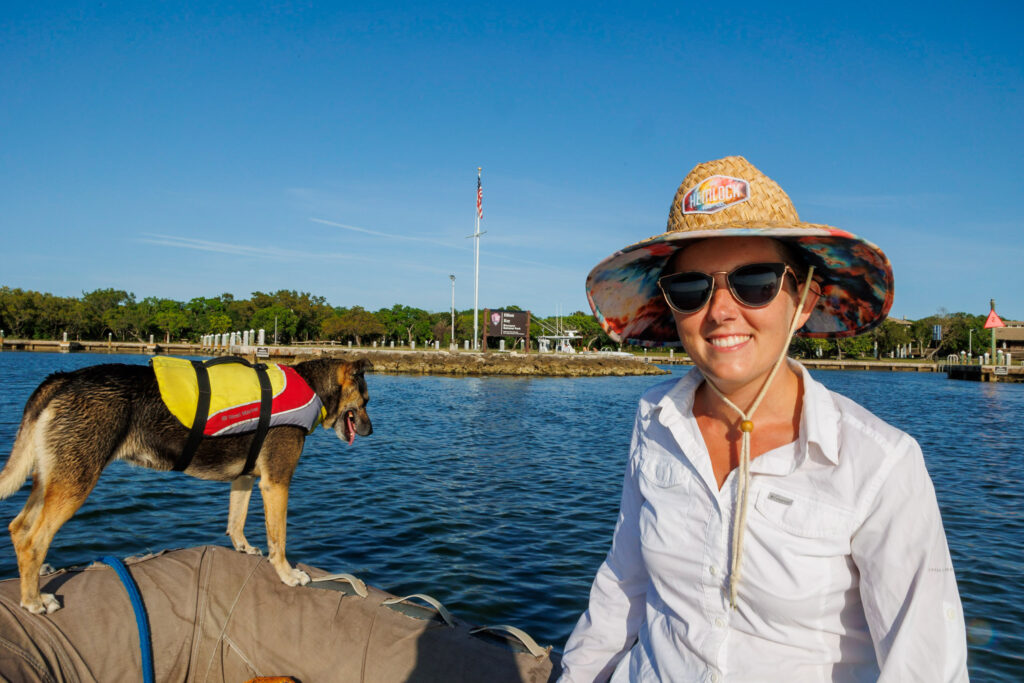
Swimsuits
A bathing suit could be a must-have item, depending on where you’re boating. We used bathing suits constantly in the Florida Keys for a few months in the winter and while in the Great Lakes. Full-coverage bathing suits are a great option if you plan on being out in the sun or water for extended periods because they give you the most sun protection and don’t require applying and reapplying sunscreen. We love Waterlust’s full coverage options for the water and its mission to support marine science and education. Their products are made from recycled and organic materials inspired by marine species and ecosystems. The men’s sun shirt and the women’s leggings are great options to swim in, giving you great UV protection for an extended time in the water.
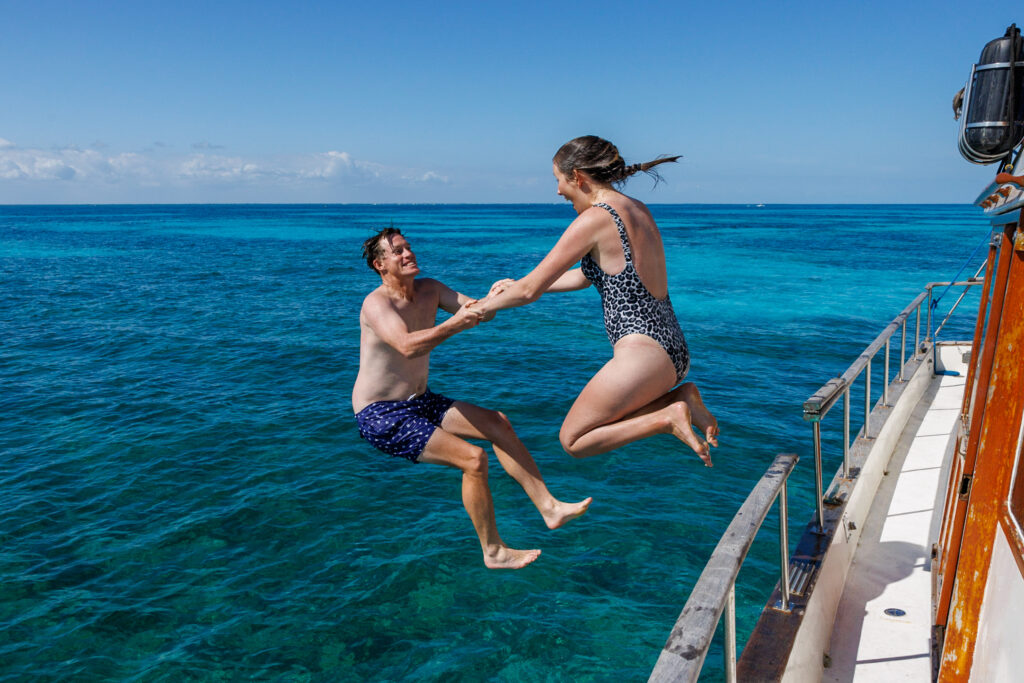
Cold Weather Accessories
It depends on your boat and how much you will be outside and exposed to the elements. Some boats have enclosed flybridges and helm stations, while others are exposed. Some couples prefer to drive outside, whereas others prefer to drive inside. Even though we had two helm stations – one inside and one on our flybridge, we often chose to cruise outside at our flybridge because it had the best visibility.
Keeping your feet warm on a boat is the difference between being comfortable and miserable. Nobody wants to stand at the helm for several hours while their feet are numb. Wool socks are essential to keeping your feet warm and comfortable on a boat. We love Darn Tough Hiker Micro Crew Cushion Socks (men’s) for the extra padding when standing at the helm station, or a more lightweight option is the REI Co-op Merino Wool Lightweight Hiking Crew Socks (gender neutral). The women’s Darn Tough Hiker Micro Crew Cushion Socks are my favorite. We also bought some Waterproof Socks that we love for rainy days or rougher weather on a boat.
Beanies are a great way to keep your head and ears warm and keep as much body heat inside your body as possible. Elliot wore a beanie he received as a gift, but this North Face Jim Beanie is a close match. Jen wore a beanie she received as a gift from a friend, but this Sunday Afternoons Snowmelt Merino Beanie is similar.

What kind of shoes do you wear on a boat?
Wearing non-slip, light-colored, rubber-soled shoes on a boat is crucial since you’re constantly exposed to water and want to be safe. Being on the water means that you want to choose a pair of shoes that can get wet or won’t be ruined if they do. Depending upon the conditions of the waterway, the itinerary for your boating trip, and the weather forecast, you’ll want to choose appropriate shoes accordingly. Elliot and I had four pairs of shoes that we constantly wore.
First, we had two pairs of sandals or water shoes that we would wear around the boat or when going to shore. Our go-tos were the Birkenstock Arizonas because they’re waterproof and float! They were super easy to slip on and off, making them our go-to when we needed to get ready for a lock or step of the boat to take our dog to shore.
Our second go-to shoes were our Chacos. Elliot likes the Chaco’s Z/Cloud because they don’t have a toe strap, whereas Jen liked the Chaco Z2 Classic for the toe strap. They’re strappy sandals with a great grip, so we could easily get on and off the dinghy and feel comfortable wearing them on wet surfaces. We’ve owned our Chaco’s for over ten years and still love them. We just recently got our Chacos “re-chacoed,” meaning they replaced our soles with new soles so we can enjoy them for another ten years of adventure and fun.
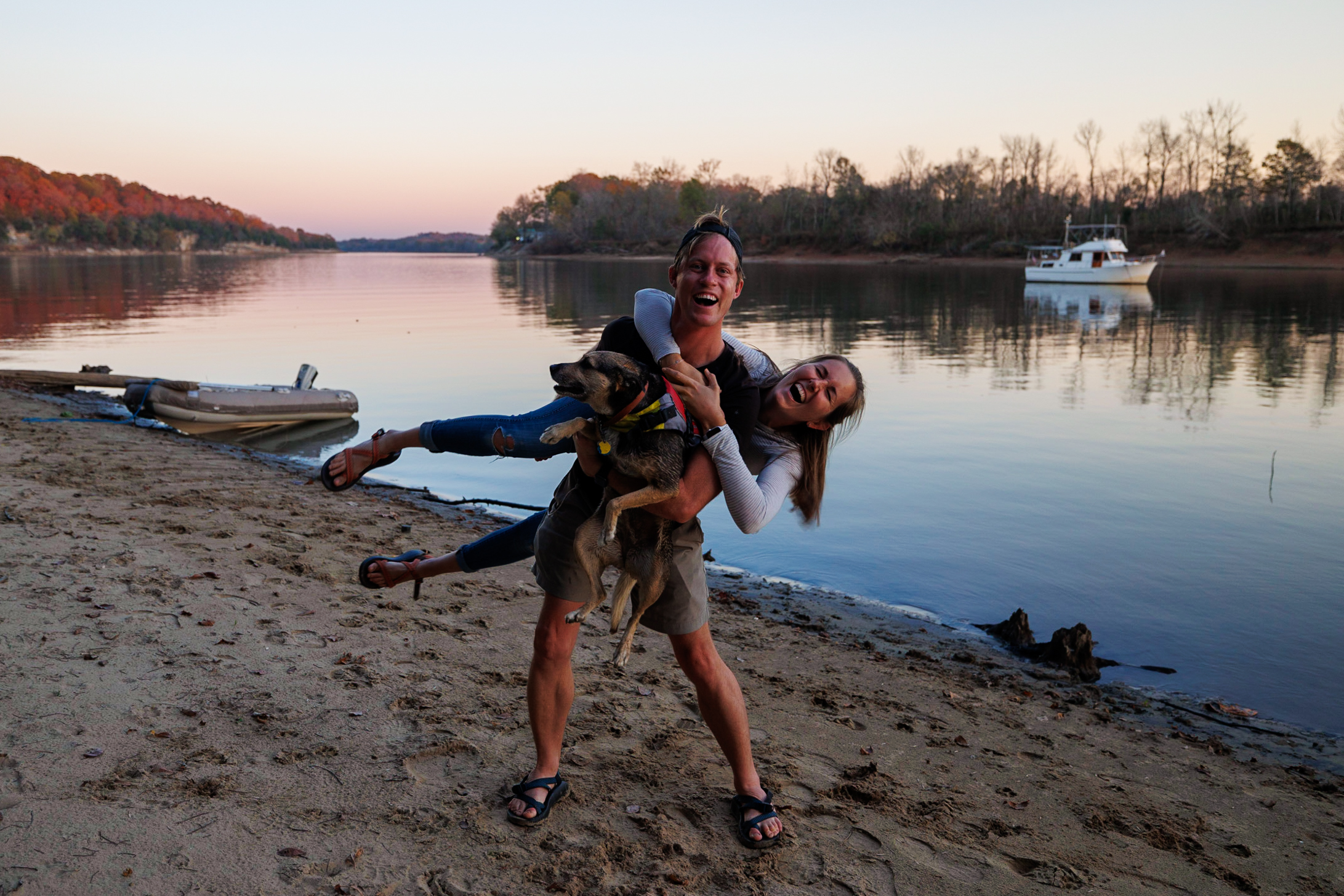
We also had two pairs of closed-toed shoes to protect our toes and to keep our feet warm in the winter. One pair of sneakers was for working out, and the second was our Allbirds – a good overall shoe we wear around the boat and on causal walks on shore. We saw some boaters wear deck boots and rave about them. Our friends Andy and Gwen used their deck boots when going to shore in Maine, where there was a significant tidal change. Boat shoes are also popular as they can easily be slipped on and have a light-colored sole.
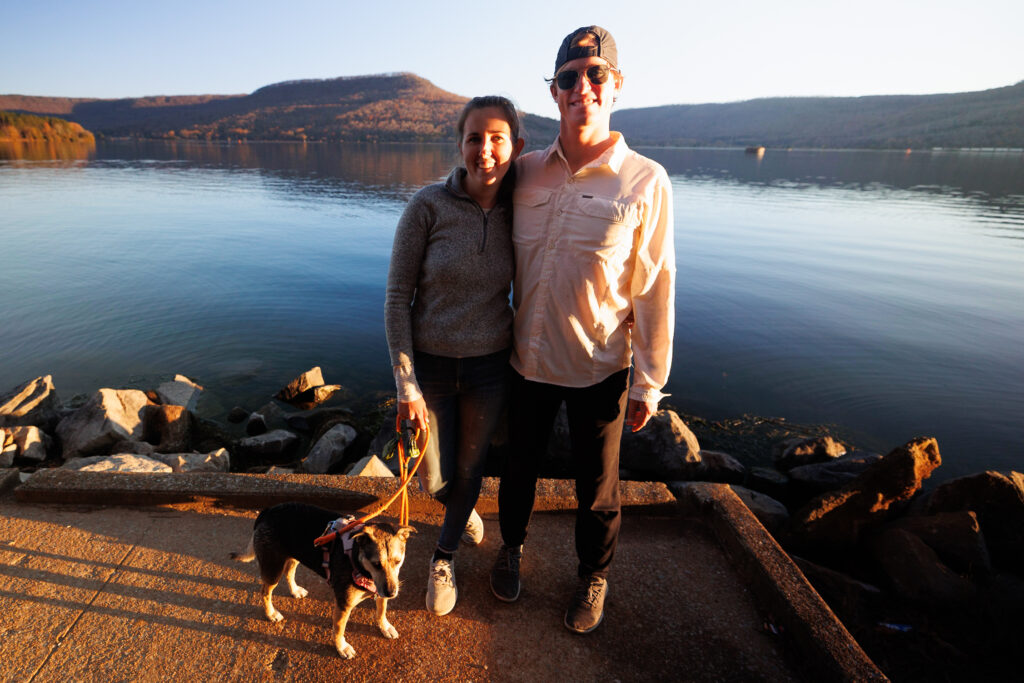
Final Thoughts
Finding the right clothes to wear on a boat can be challenging when considering the various conditions on a boat, the weather, and the wide range of wardrobe outfits available. We hope this inside look at what served us well after 2.5 years of living full-time on a boat helps you decide what to wear on a boat. If theres things we missed or things you would recommend based on your boating experience, leave them in the comments below!
Save for Later
Save this to Pinterest to read again later!
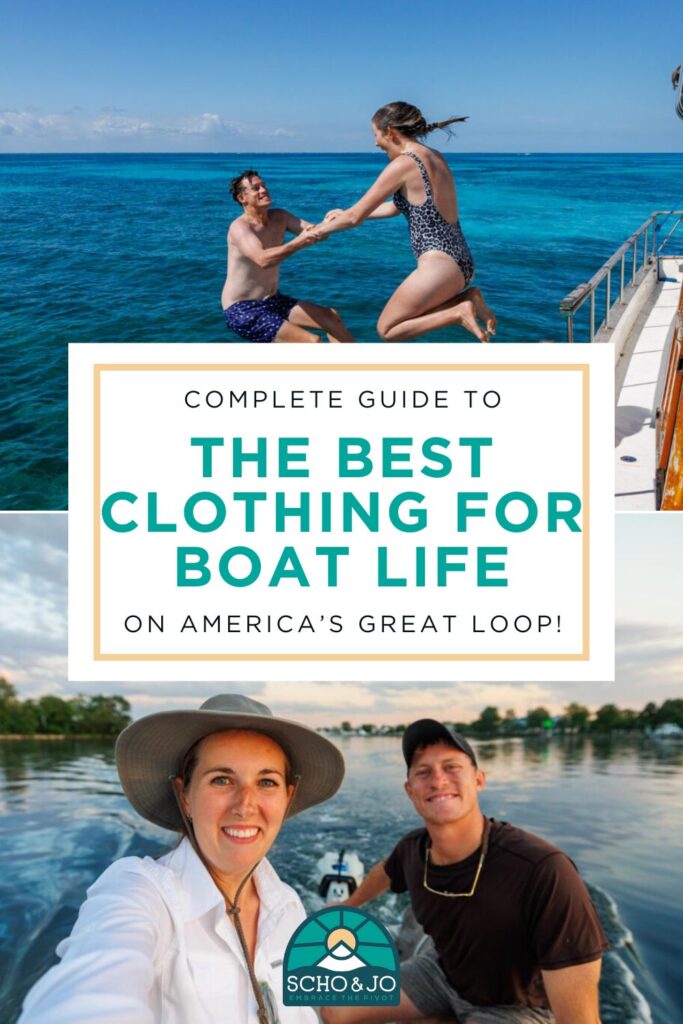
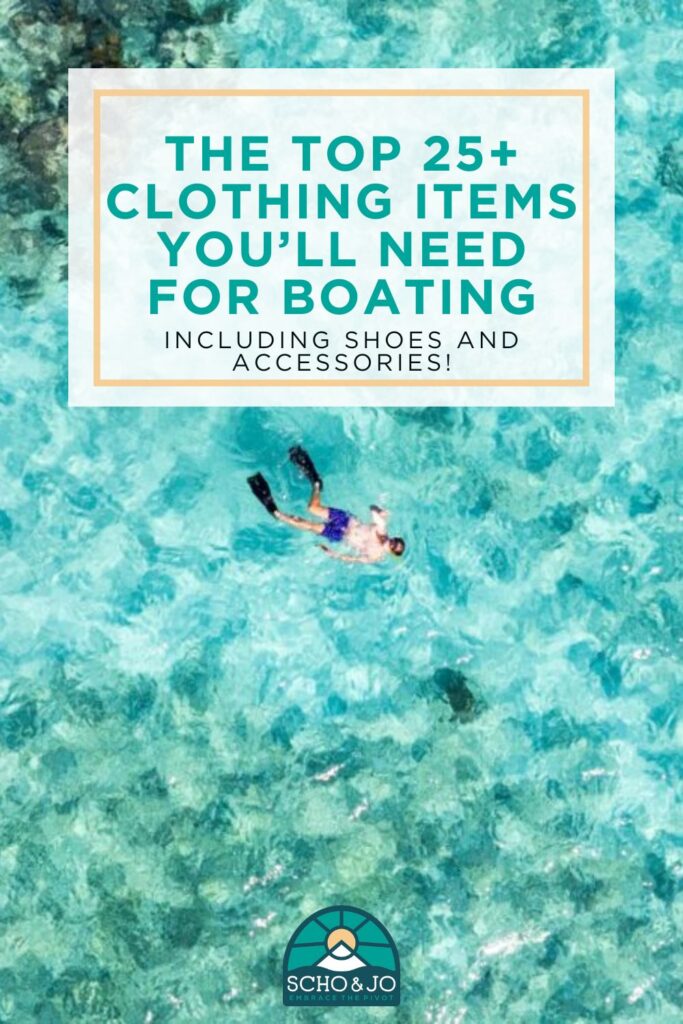
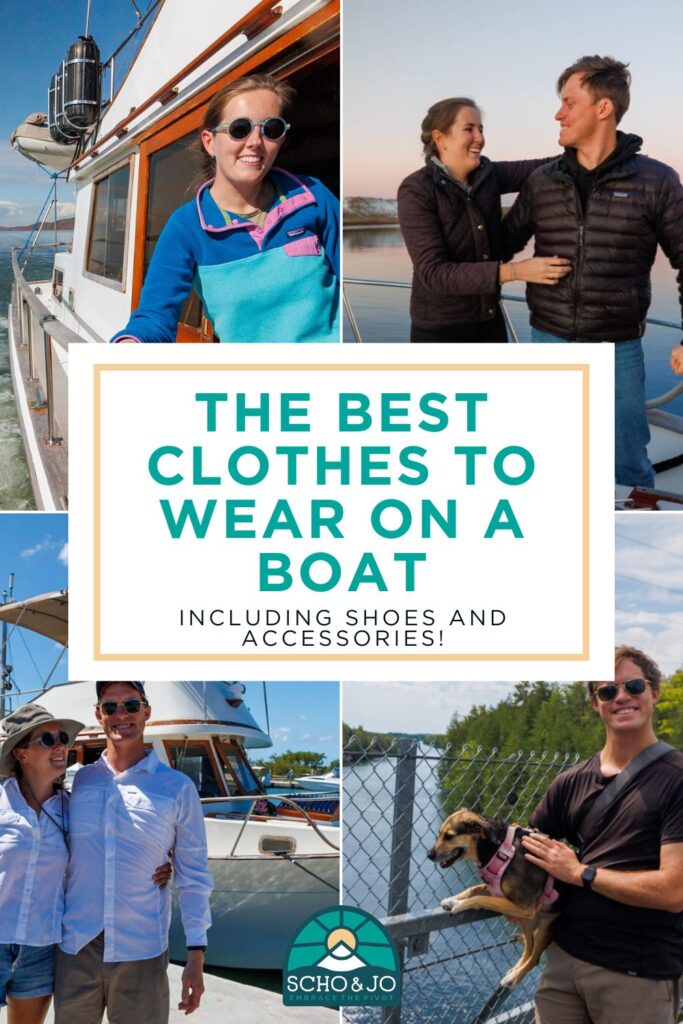



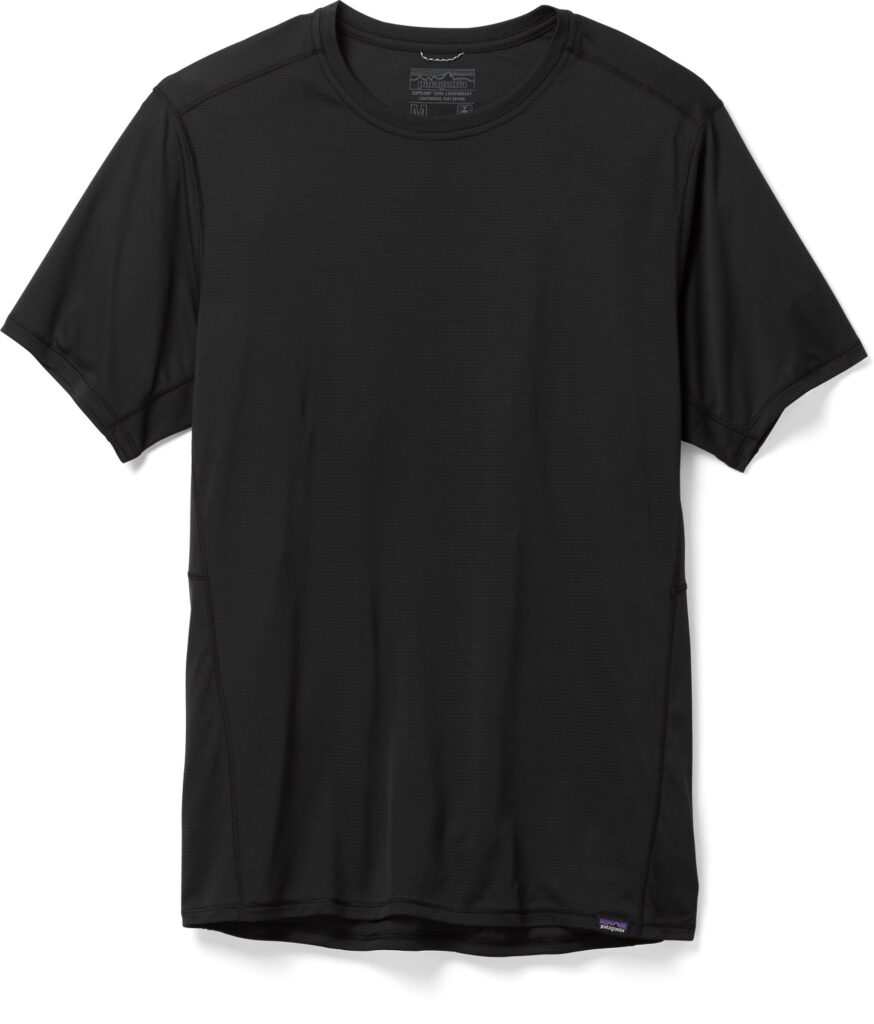

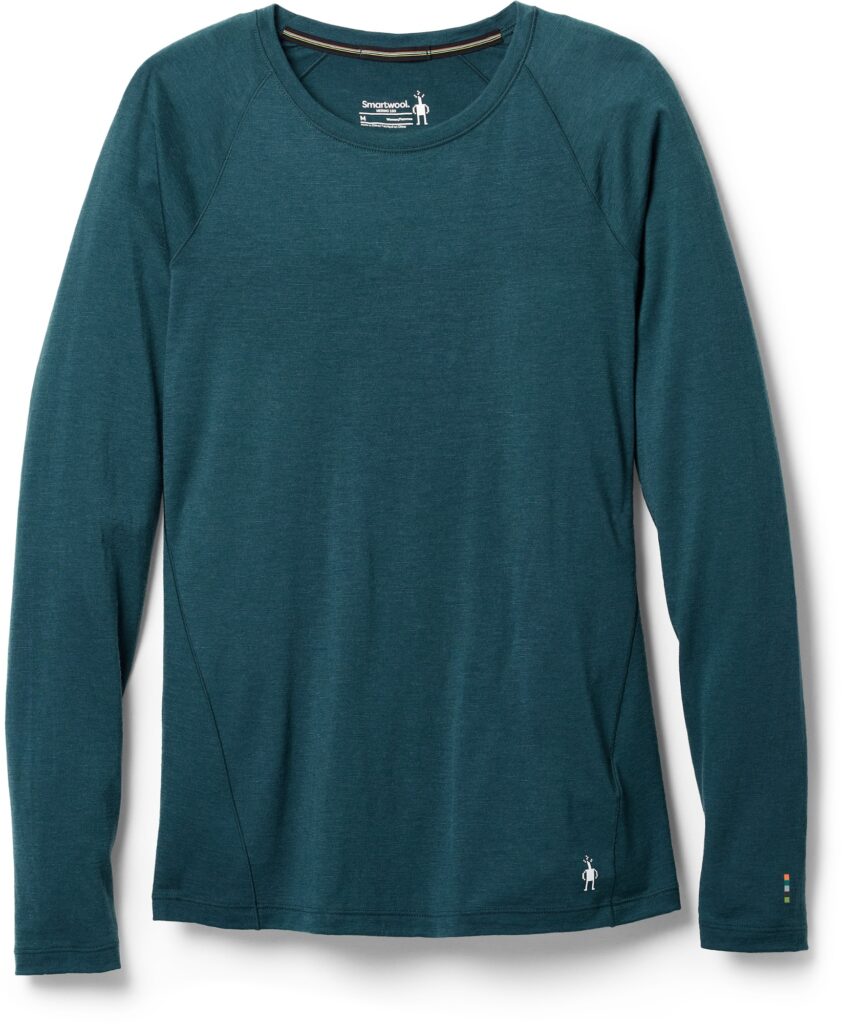
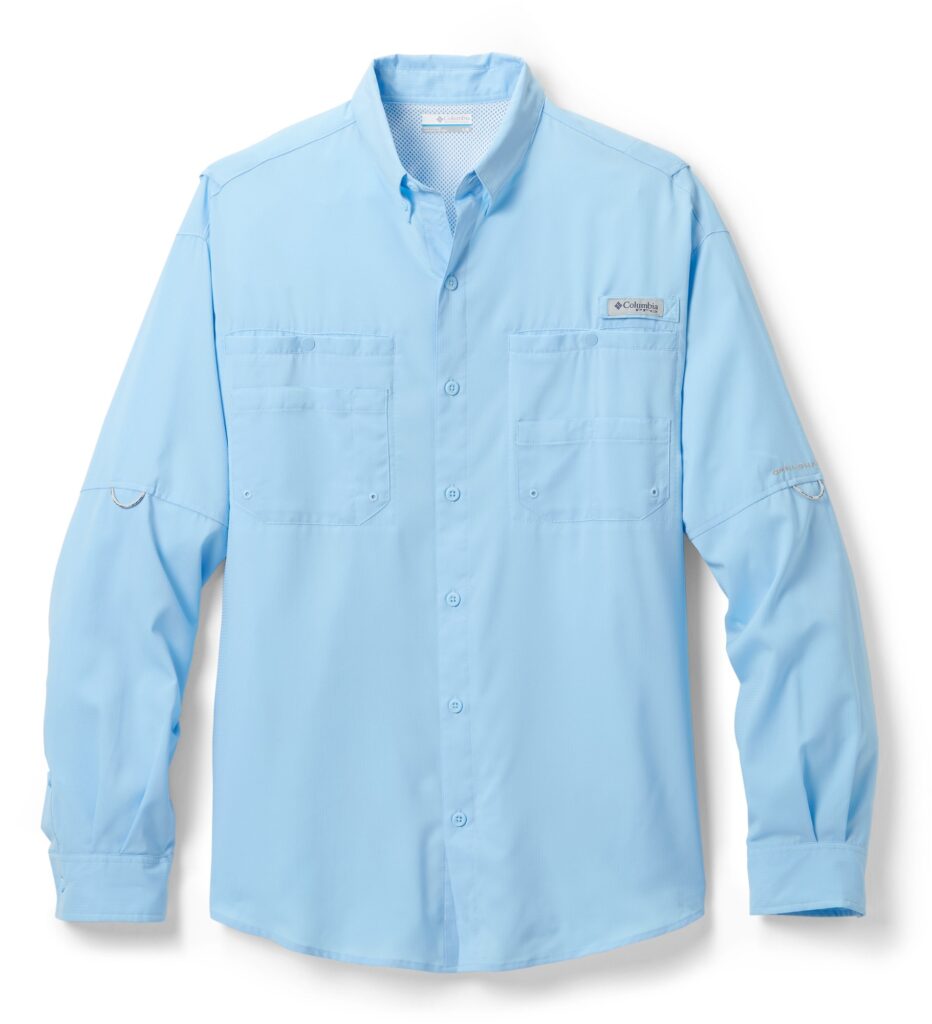
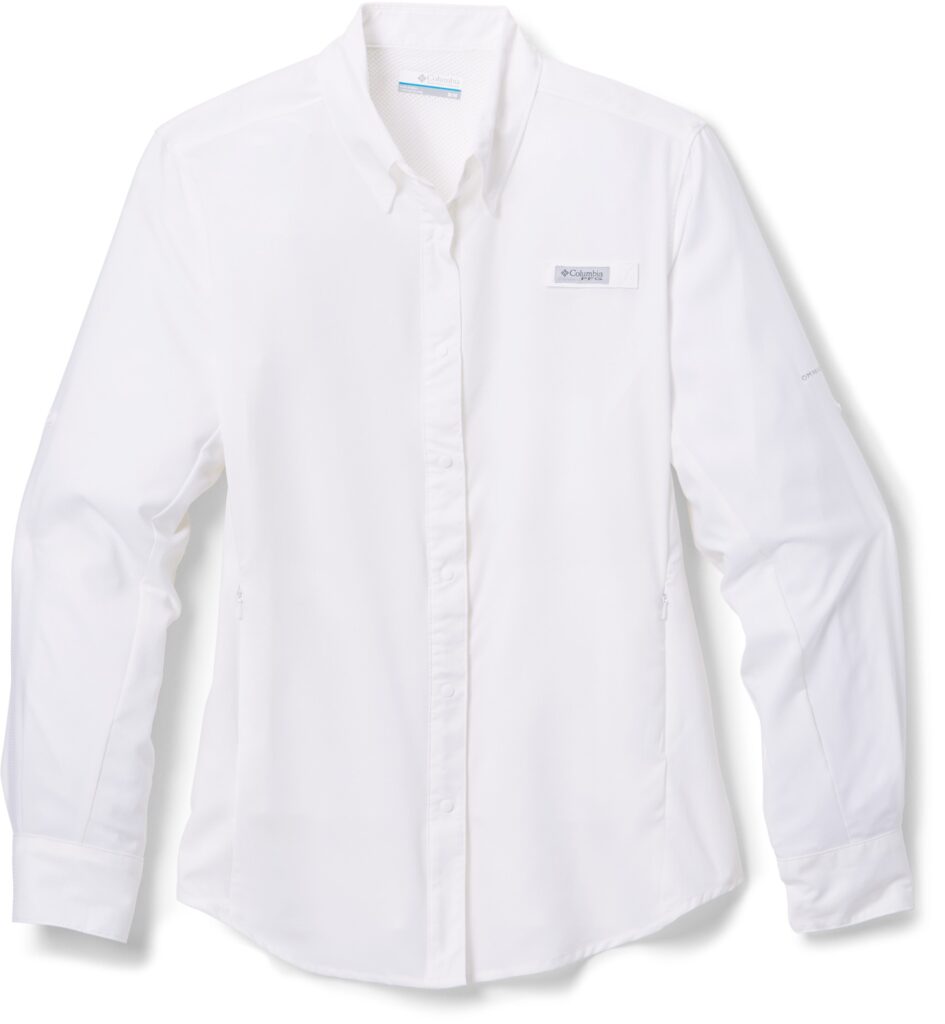

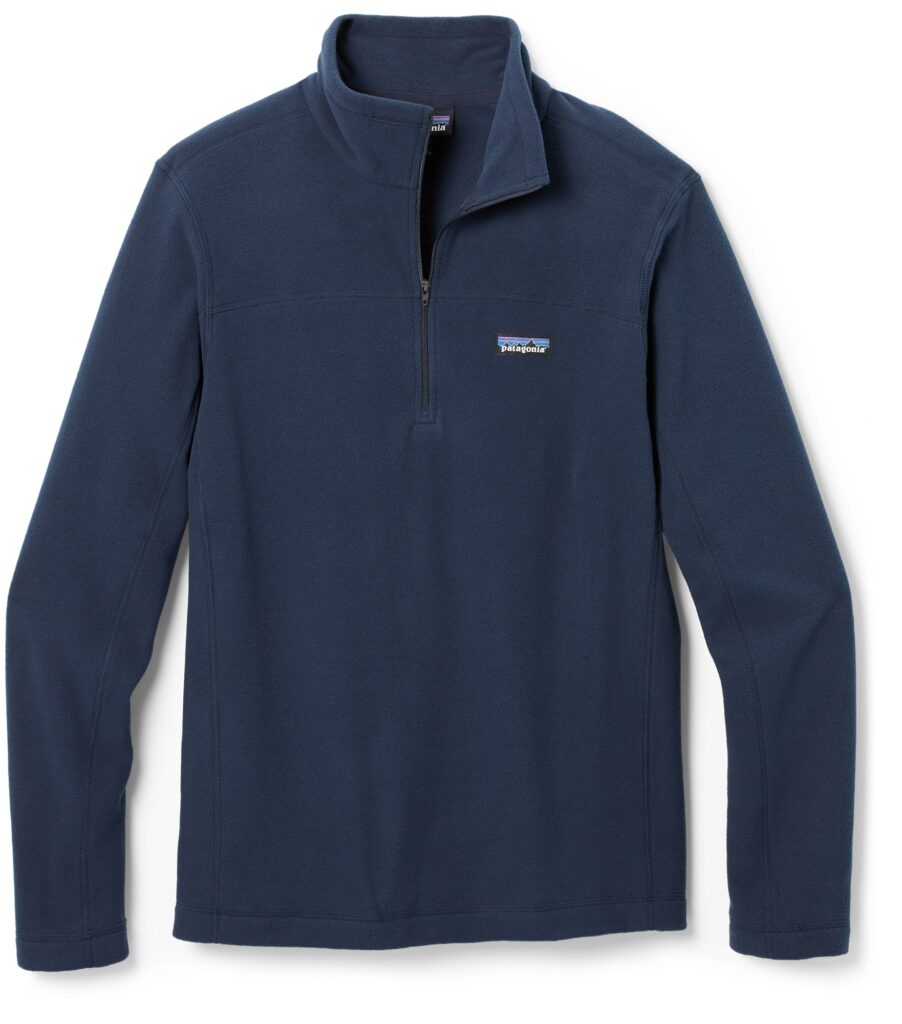
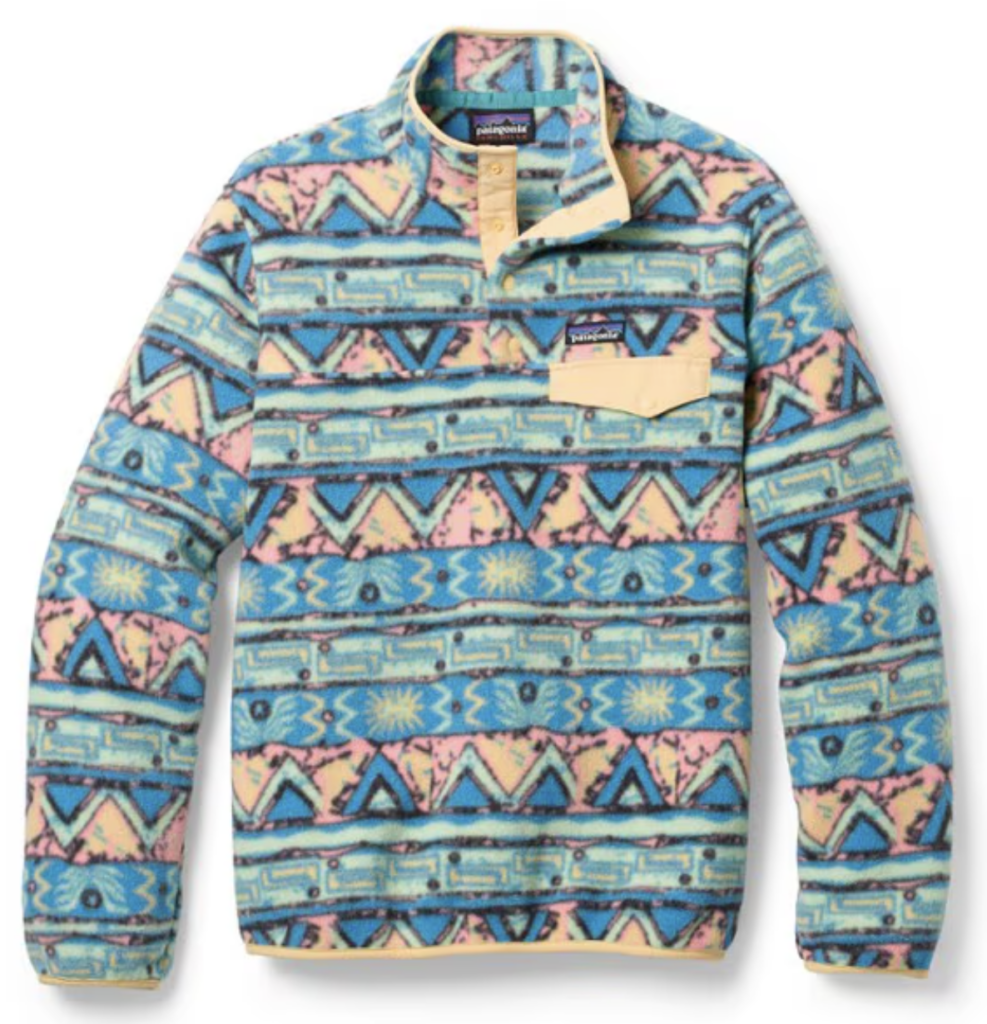


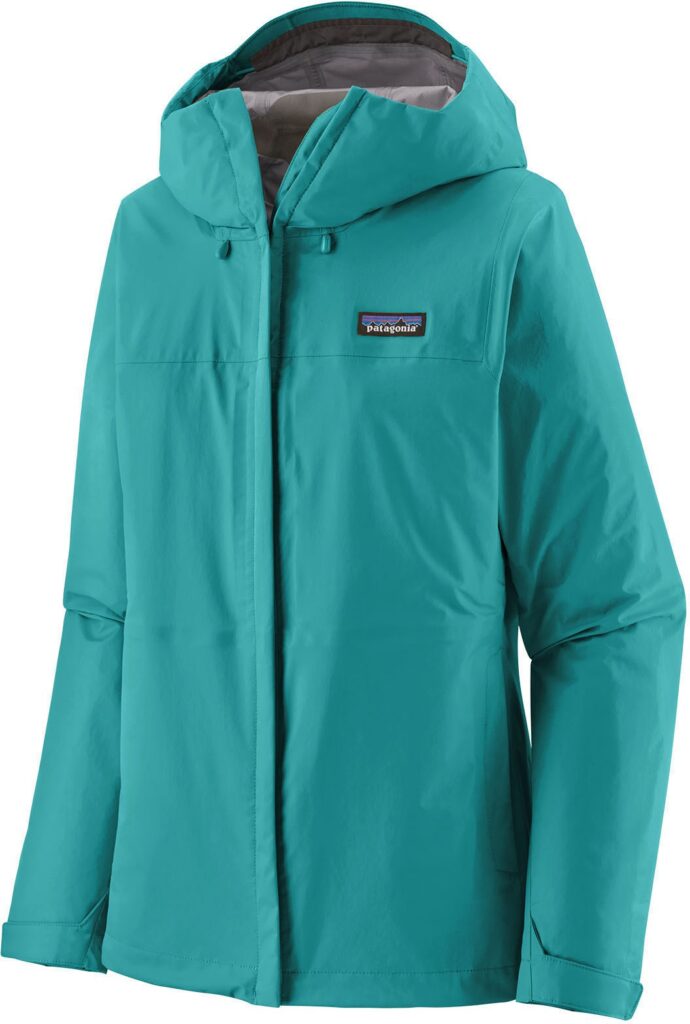
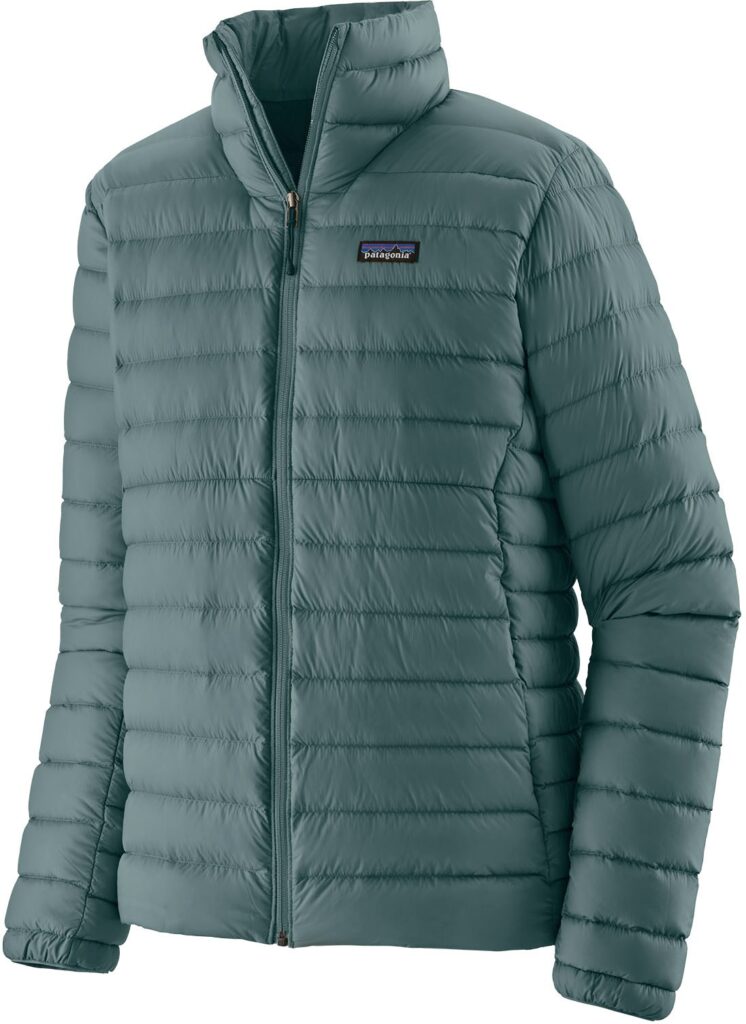
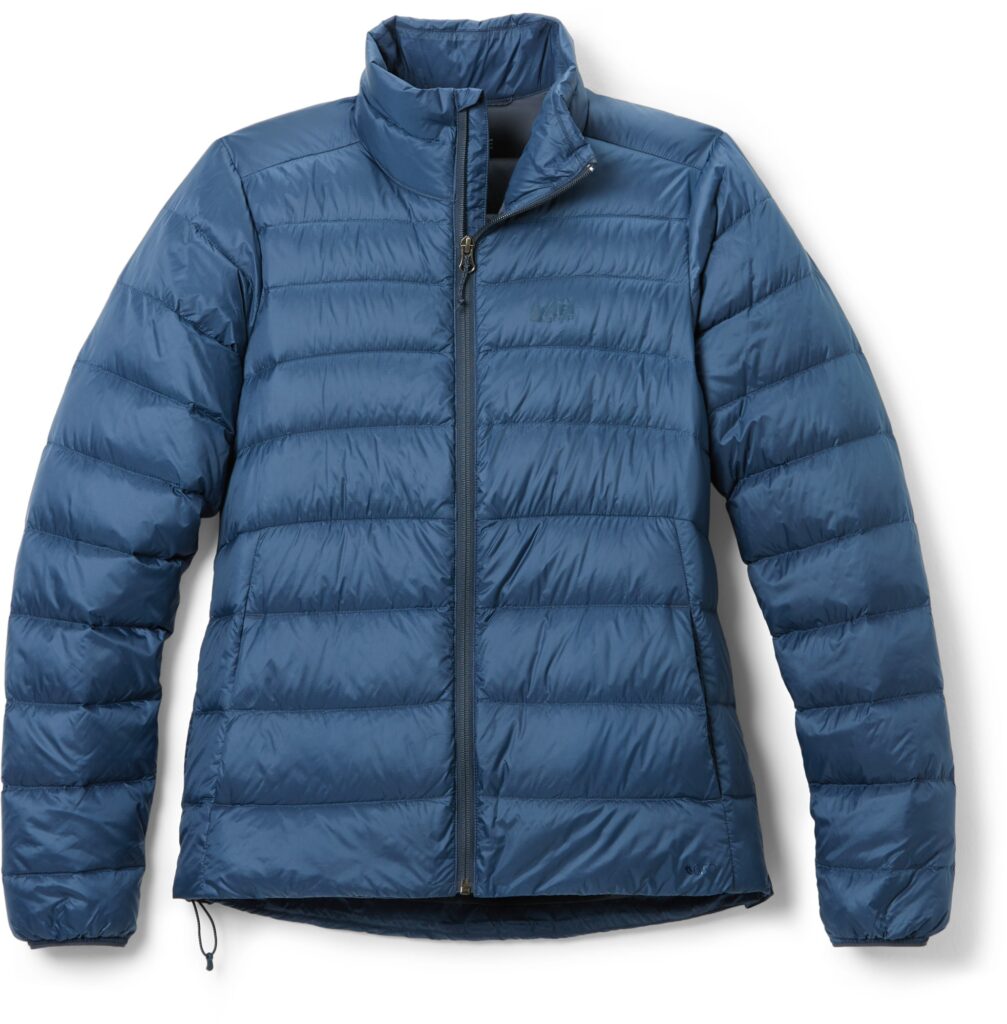

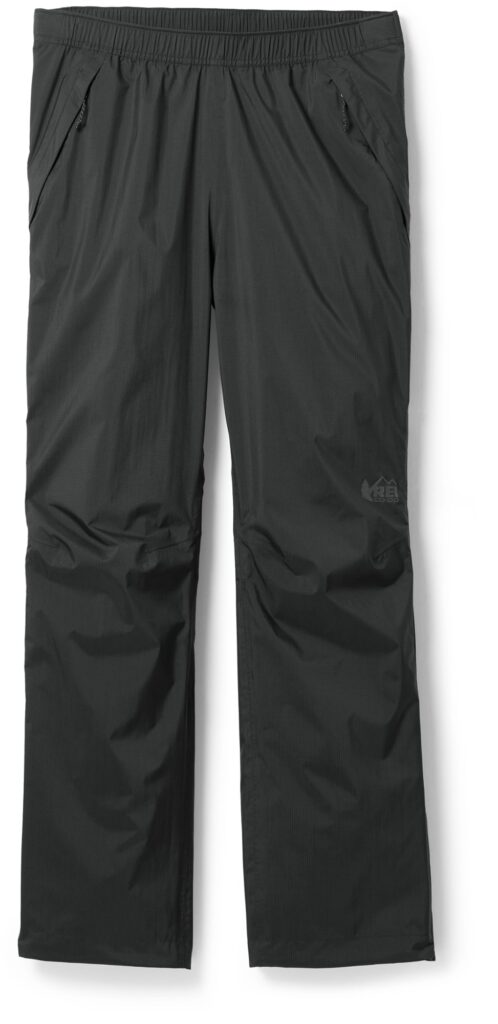
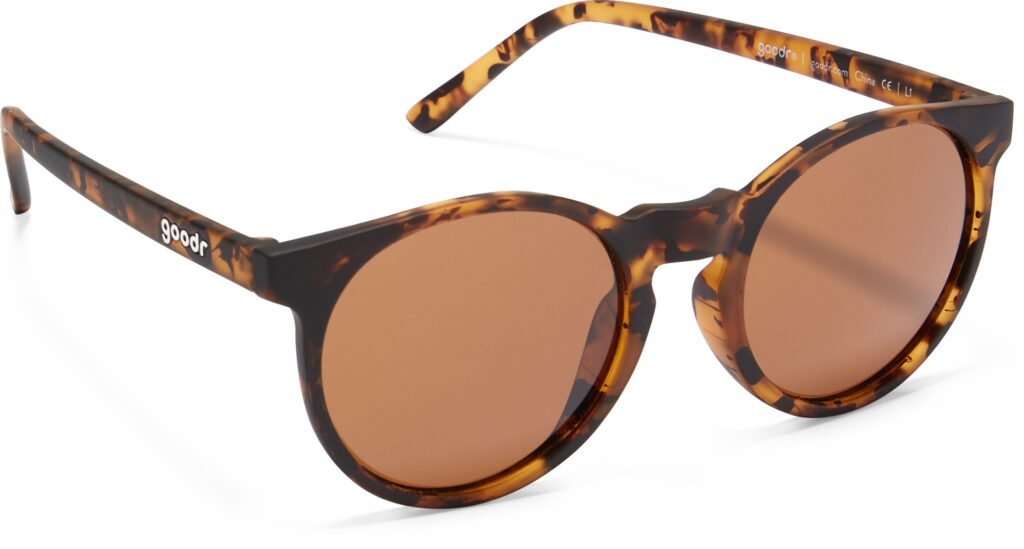
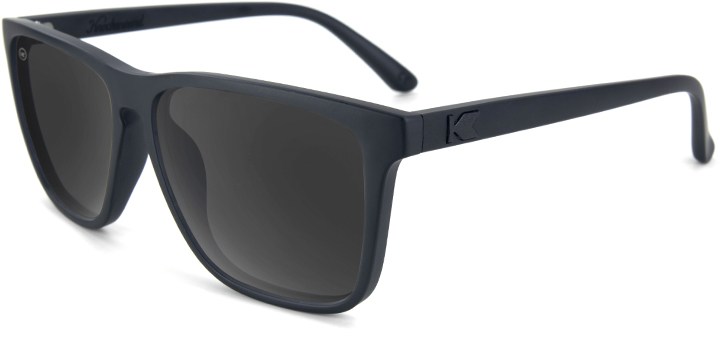
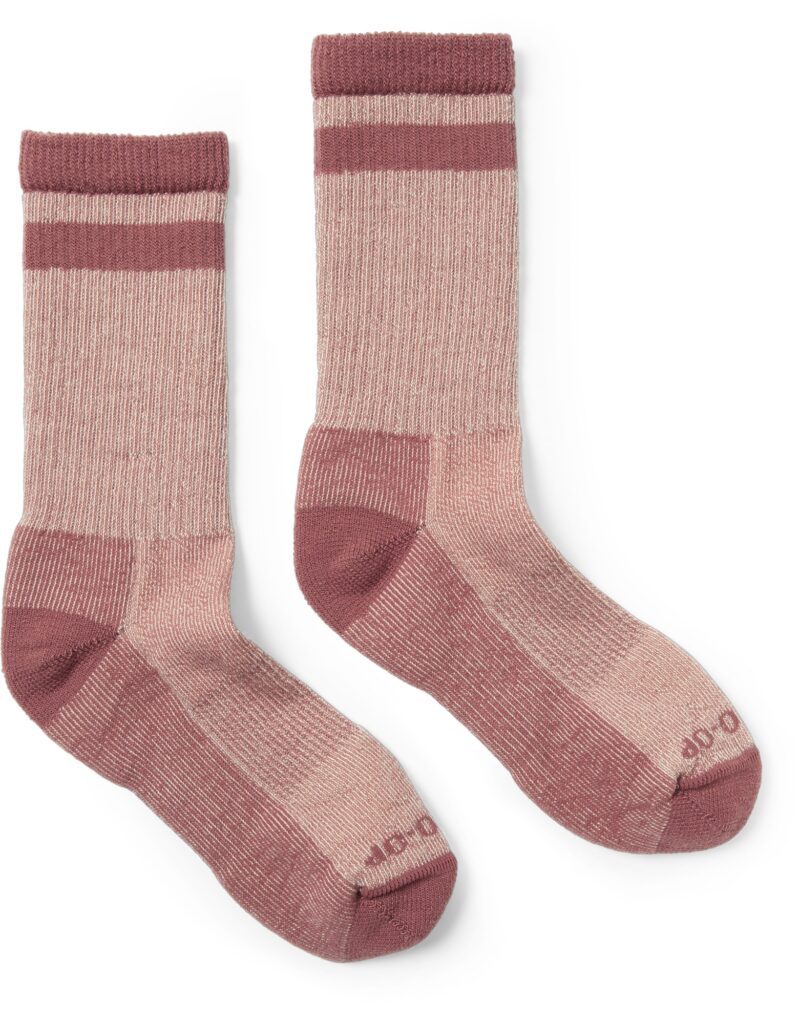
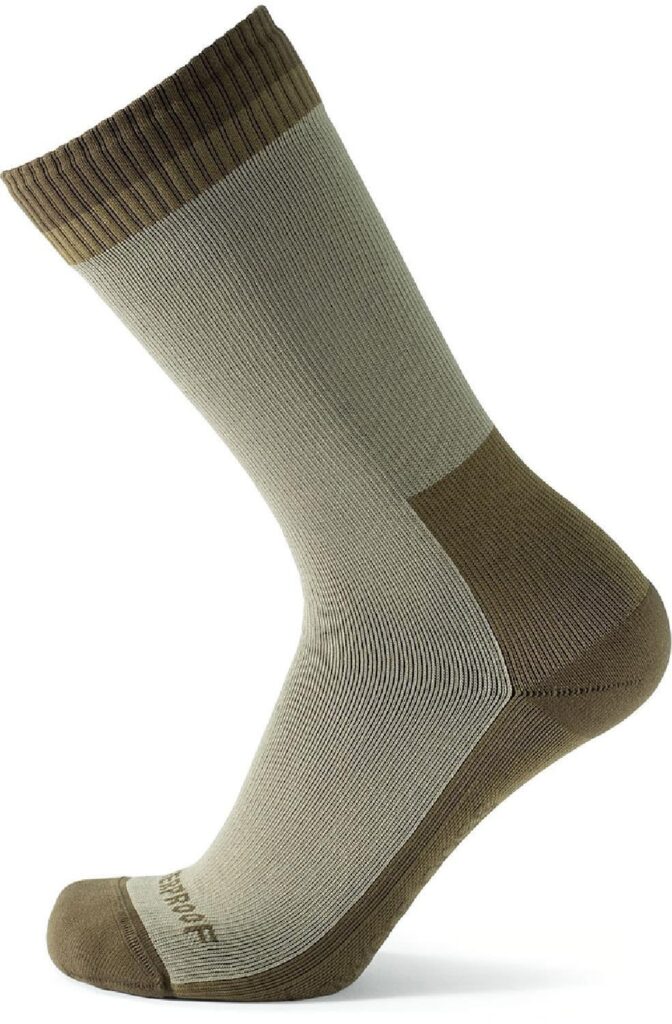
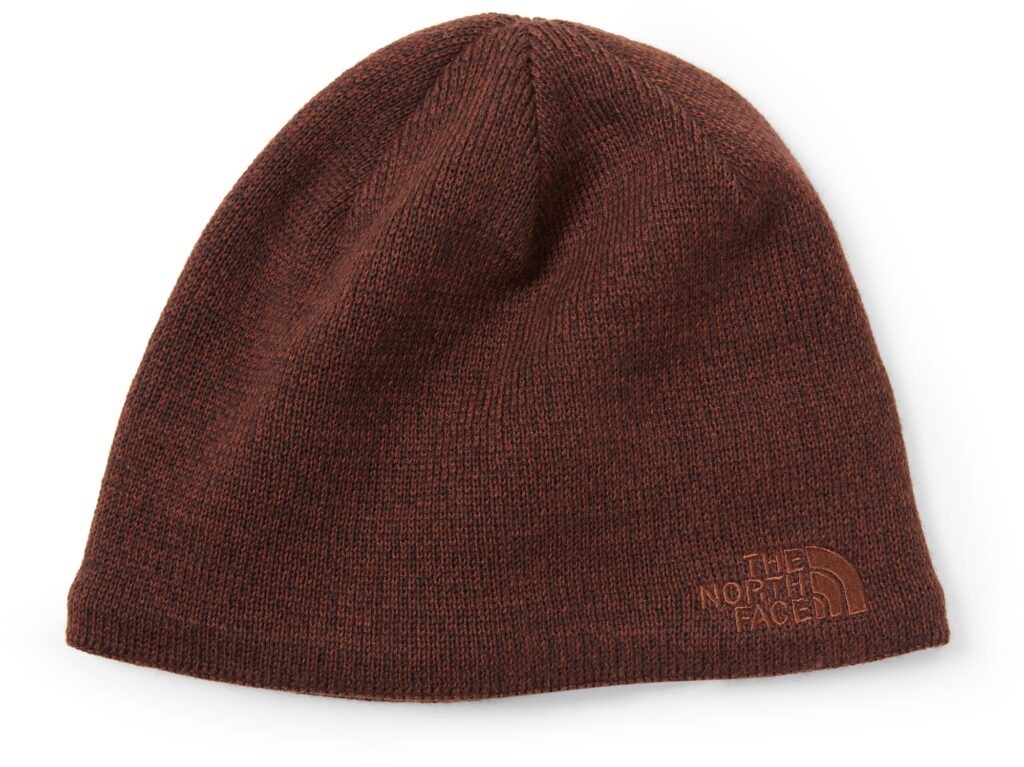

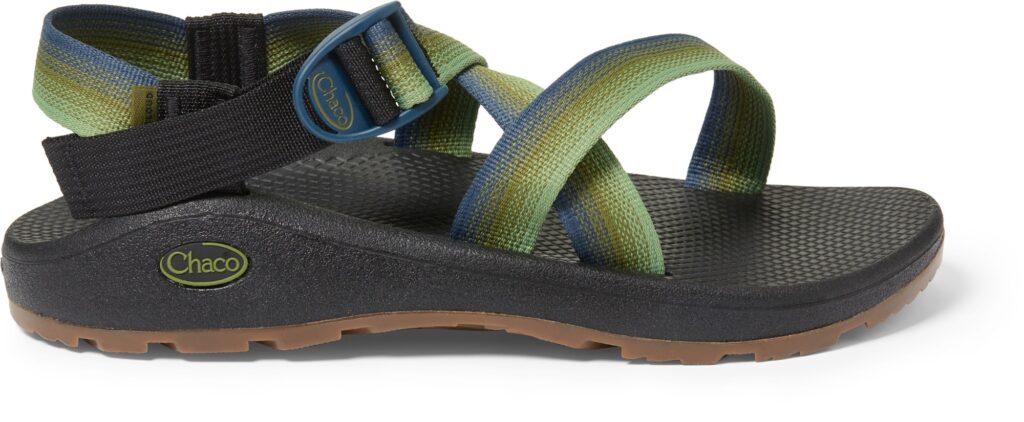






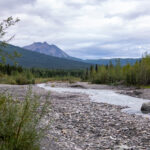

Leave a Reply